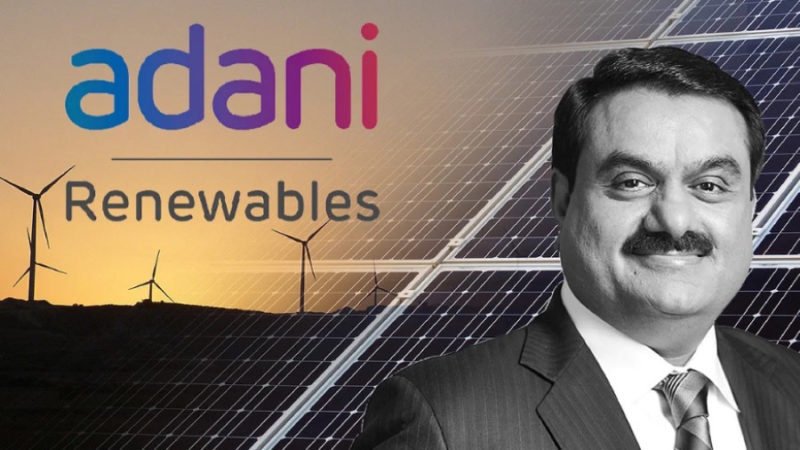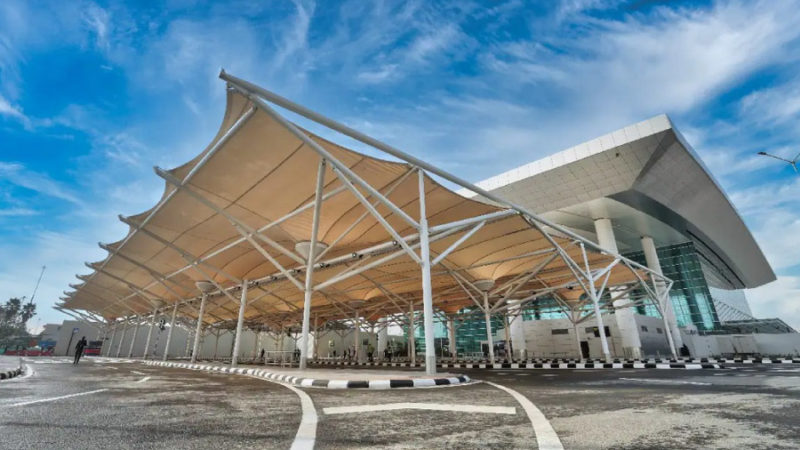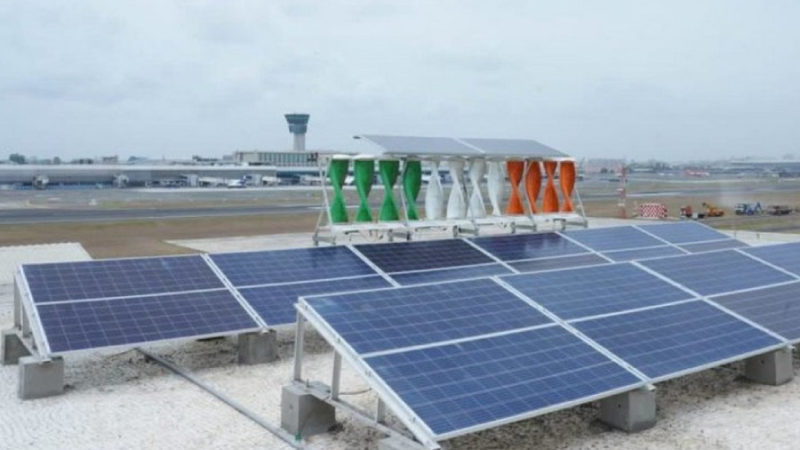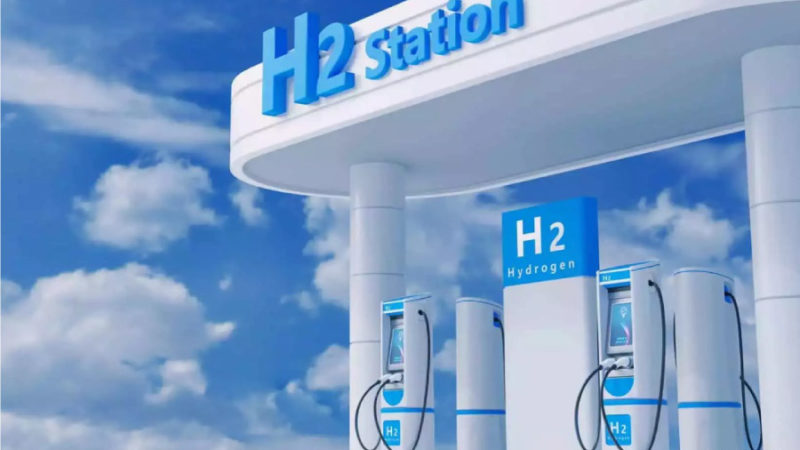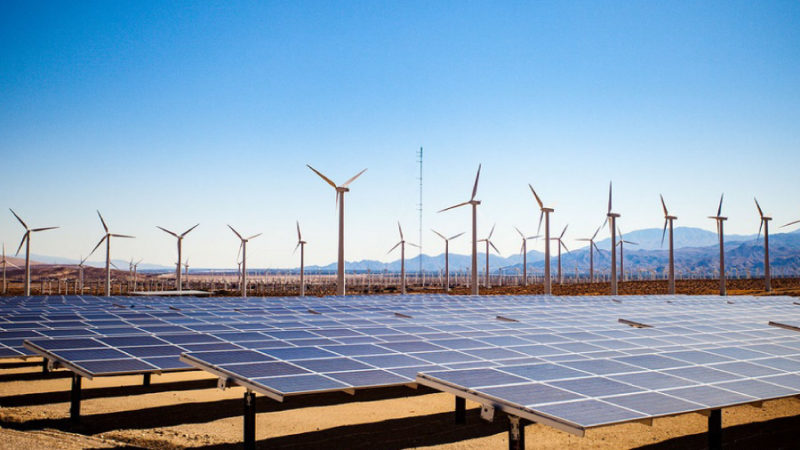A new guide for EV charging points has been launched by NITI Aayog
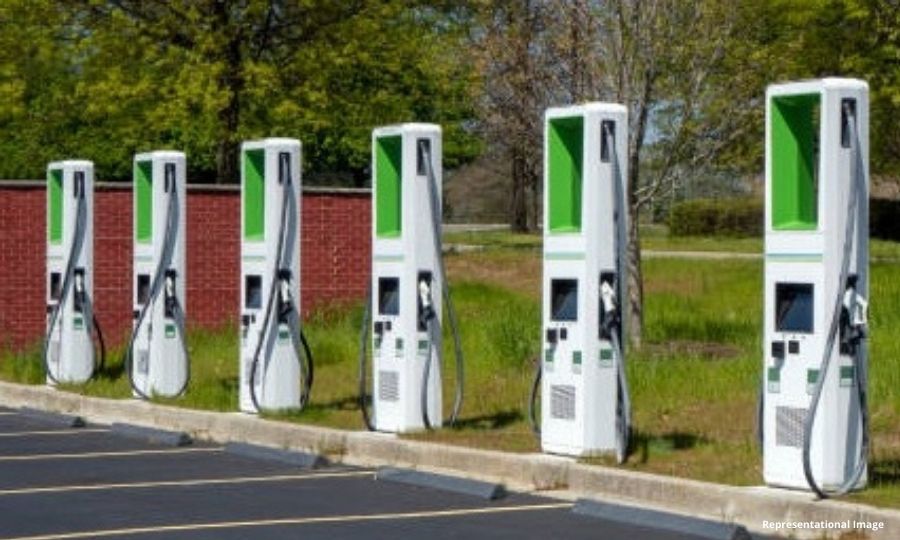
The handbook simplifies the process of EV charging infrastructure installation, and is primarily meant for administrative authorities, like municipal corporations and discoms.
The NITI Aayog released on Thursday a handbook to assist state governments and local bodies in setting up charging stations for electric vehicles.
The guide will help to improve the national infrastructure in order to accelerate the country’s transition to electric mobility. In regards to electric vehicle charging, the handbook highlights the required technical and regulatory frameworks and governance structures. A focus is placed on the present needs of charging infrastructure development while taking into account the evolving nature of the sector.
It offers the implementing authorities and others involved in planning, authorizing, and implementing electric vehicle charging infrastructure a systematic and holistic approach to adopt.
A national target of at least one charging station for every 25 kilometers on a highway has been set by the Ministry. However, setting local targets and plans is up to city local authorities or state nodal agencies.
In addition to highlighting regulatory measures that can further simplify the process of charging infrastructure installation, this handbook is primarily meant for administrative authorities, like municipal corporations and discoms.
The handbook was jointly developed in collaboration with the NITI Aayog, the Power Ministry, the Department of Science and Technology, and the World Resources Institute, India.
NITI Aayog CEO Amitabh Kant commented that due to the rapidly evolving electric vehicle ecosystem in India many players are entering the charging infrastructure market. This guide provides a holistic framework for working together to establish robust and accessible charging infrastructure.
Electric vehicle charging is a new type of power demand for discoms. Discoms will have to play a crucial role in their responsibility for ensuring seamless power supply connections for charging facilities and ensuring that there is sufficient capacity in the electrical distribution network to provide this electricity.
Power Secretary Alok Kumar stated that the rapid increase in the share of renewables in the Indian energy mix will only boost the benefits from shifting to e-mobility in the coming years. Thus, India’s Ministry of Power and its central nodal agency, the Bureau of Energy Efficiency (BEE), are in close contact with discoms and state agencies for the establishment of EV charging infrastructure throughout the country. The handbook will be ideal for overcoming barriers to implementing charging infrastructure.
India has expressed ambitious aspirations on electric mobility as part of its plan to combat climate change.
Connect with Power Insight: Facebook | LinkedIn | Twitter


